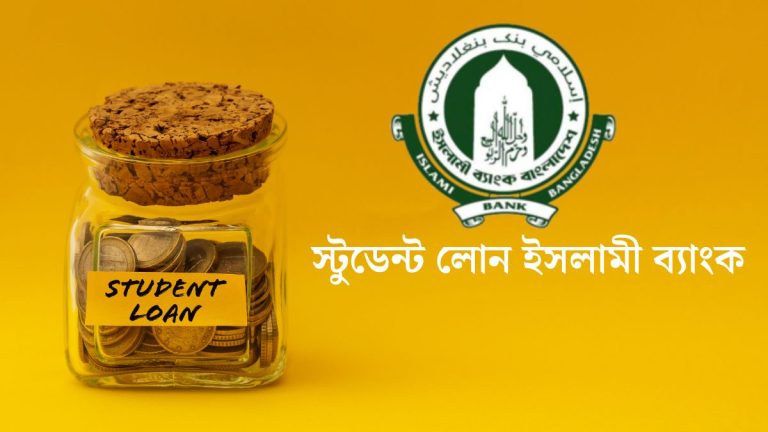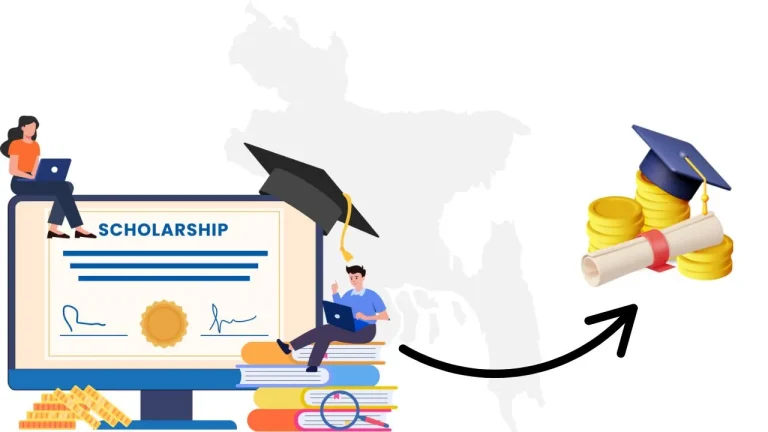Perkins Loan Application
The Perkins Loan application has historically been one of the most effective ways for U.S. students with exceptional financial need to fund their education. While the federal government discontinued the program in 2017, thousands of borrowers still carry Perkins Loan balances, and understanding the historical and current implications of this loan type is vital—especially when dealing with repayment, forgiveness, and any potential reinstatement options.
In this comprehensive article, we’ll cover everything you need to know about the Perkins Loan application, eligibility, how it used to work, repayment rules, current updates, forgiveness programs, and the possible future of similar need-based student loans in the United States.
What Was the Perkins Loan?
The Federal Perkins Loan Program was a U.S. government-funded student loan issued through participating colleges and universities. Designed to assist students with exceptional financial need, the Perkins Loan offered:
- A fixed interest rate of 5%
- No interest accumulation while the student remained in school
- A 9-month grace period after graduation
- Generous deferment and cancellation options
The Perkins Loan application process was handled through a college’s financial aid office and often required submission of the Free Application for Federal Student Aid (FAFSA).
Why Was the Perkins Loan Program Discontinued?
Though the Perkins Loan application was popular, the program faced criticism for being complex to administer and unevenly distributed across institutions. As a result:
- The federal government stopped authorizing new disbursements after September 30, 2017.
- Outstanding loans are still being serviced and must be repaid.
- Alternatives now include Federal Direct Subsidized Loans, unsubsidized loans, and private student loans.
Despite the program’s cancellation, many students are still interested in the Perkins Loan application due to its historical advantages and potential discussions about similar programs returning.
Eligibility Criteria for Perkins Loan (Before 2017)
When it was active, the Perkins Loan application required students to meet specific criteria:
- Must be a U.S. citizen or eligible non-citizen
- Enrolled at least half-time in a participating school
- Demonstrate exceptional financial need
- Maintain satisfactory academic progress
Only students who applied early through FAFSA and met all institutional deadlines were considered for this highly competitive program.
How the Perkins Loan Application Process Worked
The Perkins Loan application was straightforward but competitive. Here’s a breakdown:
- Submit FAFSA: The first step was completing the Free Application for Federal Student Aid to determine financial need.
- Institution Review: The college’s financial aid office assessed eligibility based on FAFSA data and institutional funds.
- Award Notification: Eligible students received award letters including the Perkins Loan amount.
- Sign Promissory Note: Students then signed a legally binding agreement to repay the loan.
Although new Perkins Loans are no longer available, this process highlights the importance of early FAFSA submission, which remains essential for other federal aid programs.
Current Status of Perkins Loan for Borrowers
Even though new Perkins Loan applications are not being accepted, many borrowers are still repaying existing balances. Here are the key facts:
- Loans are often serviced by the school or a contracted loan servicer.
- Borrowers can access deferment, forbearance, and forgiveness options.
- Consolidation into a Direct Consolidation Loan is possible, allowing access to other federal repayment plans.
Repayment Terms for Existing Perkins Loan Borrowers
For those with outstanding loans from the Perkins Loan application, repayment terms are as follows:
- Interest Rate: Fixed 5%
- Grace Period: 9 months after graduation or leaving school
- Repayment Term: Up to 10 years
- Monthly Payments: Based on loan amount and repayment plan
Timely repayment of a Perkins Loan not only avoids penalties but also helps build a positive credit history.
Loan Cancellation and Forgiveness Programs
One of the most appealing features of the Perkins Loan application was the variety of cancellation options available for certain public service professionals. These included:
Eligible Professions for Cancellation
- Teachers in low-income schools
- Special education instructors
- Nurses and medical technicians
- Law enforcement and corrections officers
- Peace Corps or AmeriCorps volunteers
How Forgiveness Worked
- Percentage of loan canceled annually while employed in qualifying role
- Full cancellation typically over a 5-year period
This structure was designed to encourage borrowers to work in critical public service areas.
What to Do If You Still Have a Perkins Loan
If you’re someone who previously completed a Perkins Loan application and still owe money, here’s what to do:
- Find Your Loan Servicer: Contact your school’s financial aid office or visit Federal Student Aid to locate your servicer.
- Evaluate Repayment Options: Consider extended or income-sensitive repayment.
- Explore Forgiveness Opportunities: Check if you qualify for public service loan forgiveness (PSLF) or other cancellation programs.
- Avoid Default: If you’re struggling, request deferment or forbearance before missing payments.
Alternatives to Perkins Loan for Current Students
While the Perkins Loan application is no longer available, students today have these options:
Federal Direct Subsidized Loans
- For undergraduate students with financial need
- Government pays interest while in school
Federal Direct Unsubsidized Loans
- Available to undergrads and grads
- Interest accrues during school
PLUS Loans
- For parents and graduate students
- Credit check required
Private Student Loans
- Offered by banks, credit unions, and online lenders
- Generally require good credit or a co-signer
Students should complete the FAFSA every year to determine eligibility for federal aid programs.
Can Perkins Loan Program Return in the Future?
There has been ongoing discussion in Congress about reviving a version of the Perkins Loan application to address rising college costs and ensure equitable access. Proposals have included:
- New need-based programs administered through colleges
- Lower interest federal loans tied to public service commitments
- Simplified repayment and forgiveness options
However, as of 2025, no concrete legislation has reinstated the original Perkins Loan.
Benefits of Perkins Loan (When It Existed)
Even though the Perkins Loan application is no longer active, its benefits set a gold standard in federal student aid:
- 5% fixed interest (very low)
- No origination fees
- Deferment and cancellation for public service
- Grace period longer than most federal loans
- School-administered flexibility
These features made it especially attractive to students with high financial need and limited access to credit.
Tips for Navigating Federal Student Loans Post-Perkins
- Apply Early: Submit FAFSA as soon as possible.
- Understand Loan Types: Know the difference between subsidized, unsubsidized, and private loans.
- Track Your Aid: Use studentaid.gov to monitor loan balances and servicers.
- Make a Repayment Plan: Choose an income-driven repayment plan if needed.
- Stay in Contact: Notify your loan servicer of any changes to your financial situation.
Common Myths About the Perkins Loan Application
Myth 1: Perkins Loans were for everyone.
Truth: Only students with exceptional financial need could apply.
Myth 2: They still exist for new borrowers.
Truth: The program ended in 2017, though repayments continue.
Myth 3: You can’t get forgiveness.
Truth: Many public service workers can qualify for cancellation.
Understanding these myths helps borrowers and current students make better financial decisions.
FAQs About Perkins Loan Application
Can I apply for a Perkins Loan in 2025?
No, the Perkins Loan program ended in 2017. New applications are no longer accepted.
How do I know if I have a Perkins Loan?
Check your student aid records at studentaid.gov or contact your school’s financial aid office.
Is the Perkins Loan eligible for forgiveness?
Yes, especially for public service professionals like teachers, nurses, and law enforcement officers.
What should I do if I can’t repay my Perkins Loan?
Contact your loan servicer to apply for deferment, forbearance, or income-sensitive repayment options.
Will the Perkins Loan program ever come back?
There have been proposals, but as of 2025, there is no official return of the program.
Conclusion
While the Perkins Loan application process is now a part of U.S. financial aid history, its legacy continues to influence how federal student loans are administered. For borrowers repaying existing loans, understanding your options is key. For current students, staying informed about alternative aid programs and applying early through FAFSA remains critical.
The U.S. education financing system may evolve, but the foundational goals of accessibility, affordability, and public service support—central to the Perkins Loan—remain as vital today as ever.





